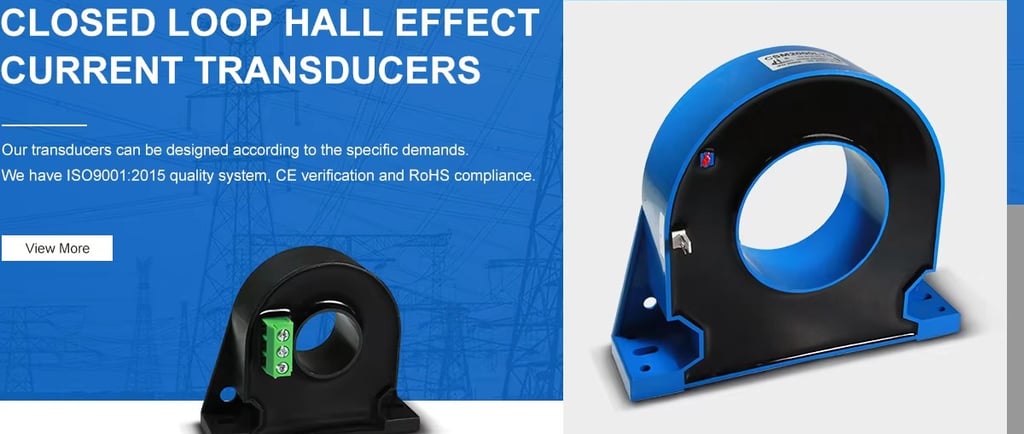How Many Wires Does a Hall Sensor Have
Ever wondered how many wires a Hall Effect sensor has? Azael dives into the details with humor, explaining the differences between 2-wire, 3-wire, and 4-wire configurations.
Azael
9/14/20242 min read


How Many Wires Does a Hall Sensor Have? Let’s Count!
Hey there, it’s Azael, your friendly neighborhood gadget guru. Today, we’re unraveling the mystery of how many wires a Hall Effect sensor has. Spoiler alert: it depends. But don’t worry, I’ll break it down faster than you can say “magnetic flux density.”
Two-Wire Hall Effect Sensors
Let’s start simple. A 2-wire Hall sensor is like the minimalistic artist of the sensor world. These sensors usually act as a switch, toggling between ON and OFF states based on a magnetic field.
With just two wires, it’s all about current flow:
Wire 1: Power supply (a.k.a. the sensor’s lifeline).
Wire 2: Output signal (basically, “Magnet? Yes or No?”).
These are typically used in applications where you don’t need a ton of data—like detecting whether a door is open or closed. It’s the “yes or no” guy at the party, not the one giving you a full backstory.
Three-Wire Hall Effect Sensors
Ah, the 3-wire Hall sensor—a fan favorite! This one adds a bit more flexibility and is often found in digital or analog configurations. It’s like a Swiss Army knife, capable of handling a broader range of tasks.
Here’s the lineup:
Wire 1: Power supply (to keep things running).
Wire 2: Ground (because circuits need balance, right?).
Wire 3: Output signal (where the magic happens).
This setup is ideal for most applications, whether you’re measuring RPMs, throttle position, or just trying to impress your friends with your tech know-how.
Four-Wire Hall Effect Sensors
Now we’re entering the big leagues. A 4-wire Hall sensor adds an extra dimension, usually for more advanced applications like differential sensing or extra signal processing.
The four wires typically include:
Power supply
Ground
Output signal
Diagnostic wire (to monitor the sensor’s health or provide additional data).
It’s like the overachiever in the sensor family—always doing more than you expected.
So, Why All the Wires?
The number of wires depends on the sensor’s complexity and purpose. While 2-wire sensors are great for basic detection, 3- and 4-wire sensors can handle more sophisticated tasks, giving you finer control and more information.
Also, can we just take a moment to appreciate that these tiny devices can detect magnetic fields and talk to us through wires? Science is wild.
So, how many wires does your Hall sensor have? Count ‘em, connect ‘em, and let the magnet magic begin!
Related Blogs
Sensors
Quality hall effect sensors for various applications.
Wholesale
Customization
azael@halleffectpro.com
+86-15205190013
© 2012-2024. All rights reserved.
